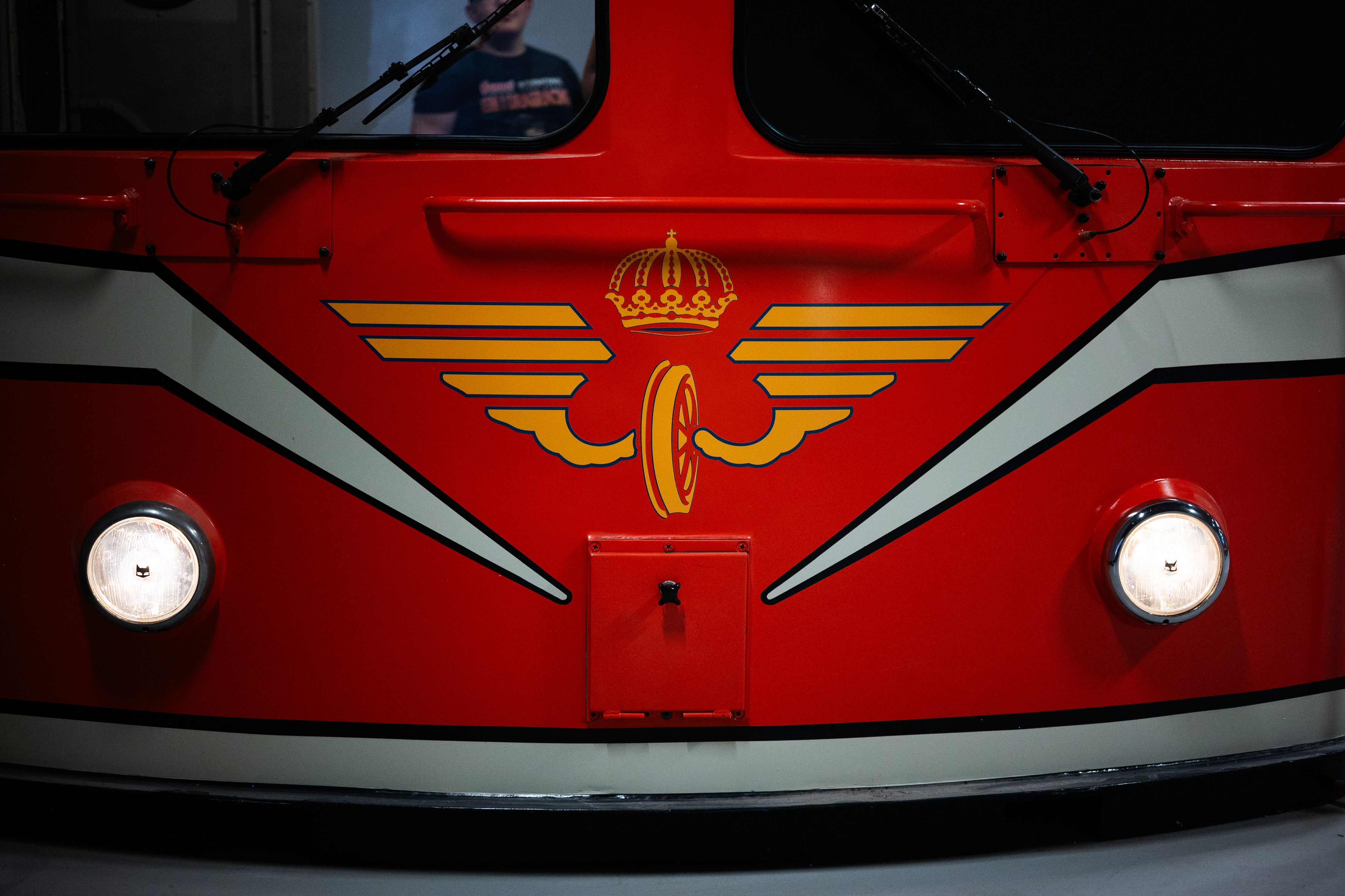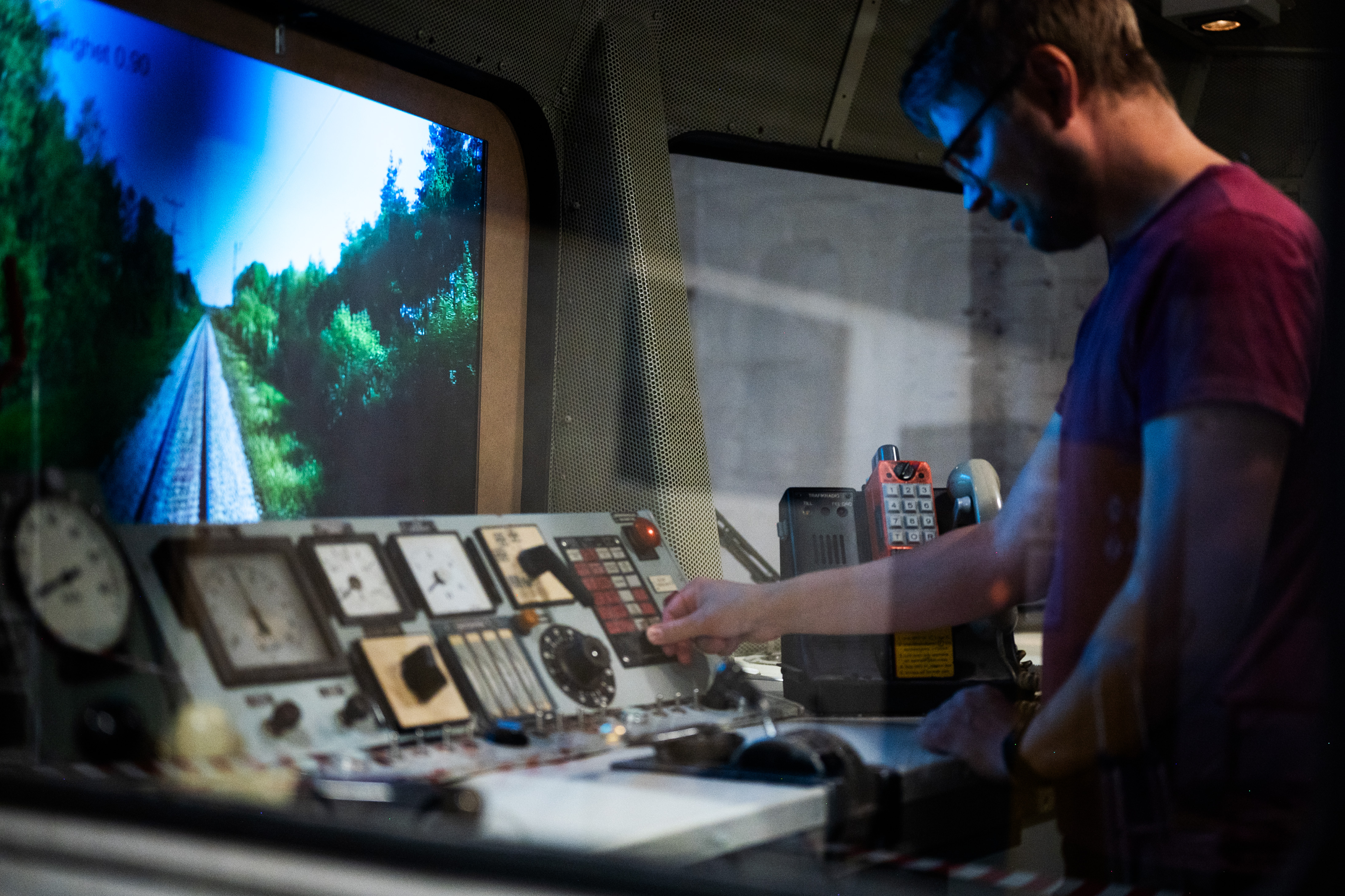
The Present and the Future
In the last exhibition room, visitors are invited to step into the present with a view to the future. Drive a classic RC locomotive, enter the X2000 and listen to railway music!

Where are we heading?
The time around the turn of the millennium is eventful for the Swedish railway. In 1988, Statens Järnvägar is split into SJ, which will handle traffic operations, and Banverket, which will be responsible for maintenance and operation of the tracks. In the same year, SJ adopts its first environmental policy. Low carbon dioxide emissions make the train an environmentally friendly mode of transport. In the 1990s, opportunities open up for private operators to provide train services.
In 2010, the national rail administration Banverket and the national road administration Vägverket are merged to form the Swedish Transport Administration. The number of train travellers increases steadily. Major construction projects are started or planned, but they spark debate. Building new railways is costly and has a major impact on the climate, but once in operation trains emit very few greenhouse gases.